Hebrew: אירוס הגלבוע, Arabic: سوسن فقوعة
| Scientific name: | Iris haynei Baker | |
| Common name: | Gilboa iris | |
| Hebrew name: | אירוס הגלבוע | |
| Arabic name: | سوسن فقوعة | |
| Plant Family: | Iridaceae, אירוסיים |
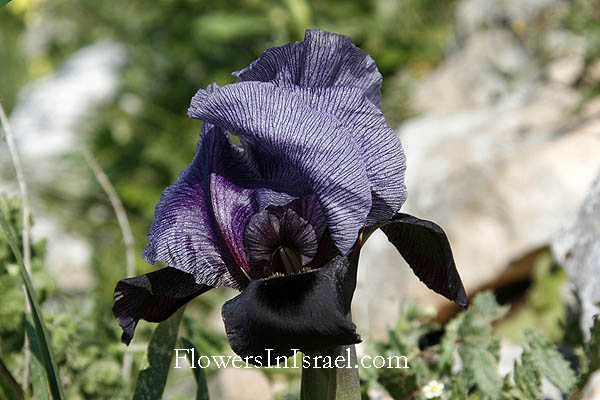
|
| Life form: | Geophyte | |
| Stems: | 35-50cm tall | |
| Leaves: | Alternate, rosette, entire, smooth | |
| Flowers: | 10 cm in diameter; purple; standards and falls are covered by a dense net of veins interspersed with a profusion of fine, small dots; the patch is dark purple, almost black | |
| Fruits / pods: | Loculicidal capsules | |
| Flowering Period: | March, April | |
| Habitat: | Batha, Phrygana | |
| Distribution: | Mediterranean Woodlands and Shrublands, Semi-steppe shrublands | |
| Chorotype: | Mediterranean | |
| Summer shedding: | Ephemeral |
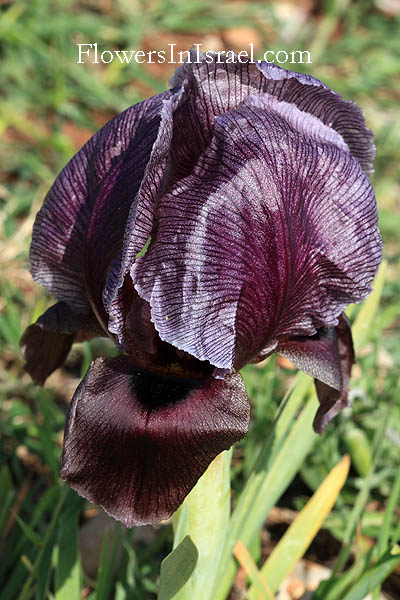
Derivation of the botanical name: Iris, ιριϛ, ιδοϛ, rainbow; female messenger, announcer of the gods, the Greek goddess of the rainbow. haynei, named for Friedrich Gottlob Hayne (1763–1832). The Hebrew name: אירוס, iris, transliteration from the scientific name.
King David curses Mt. Gilboa by saying that they should have no rainfall, remaining barren (2 Samuel 1:21). may you have neither dew nor rain, nor fields that yield offerings of grain . For there the shield of the mighty was defiled, the shield of Saul—no longer rubbed with oil. 2 Samuel 1:21 Some have taken this curse literally, as the reason for the seeming baldness of Mt. Gilboa. But in recent years the Jewish National Fund has planted thousands of trees that have greatly changed the situation, although bald spots are still clearly visible. 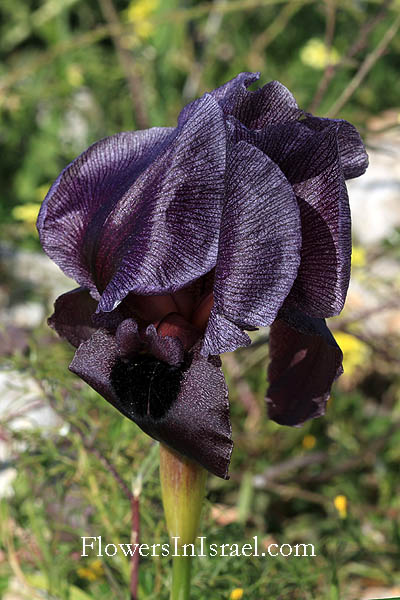
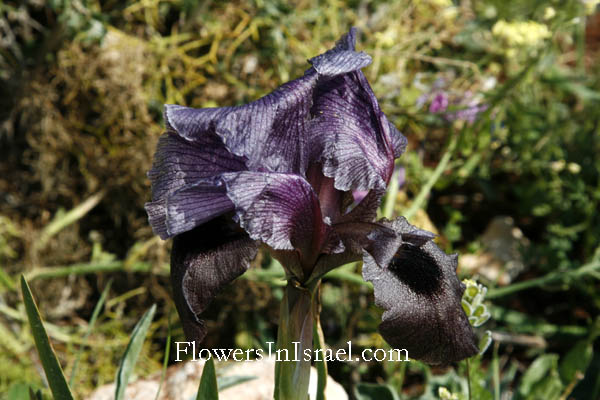
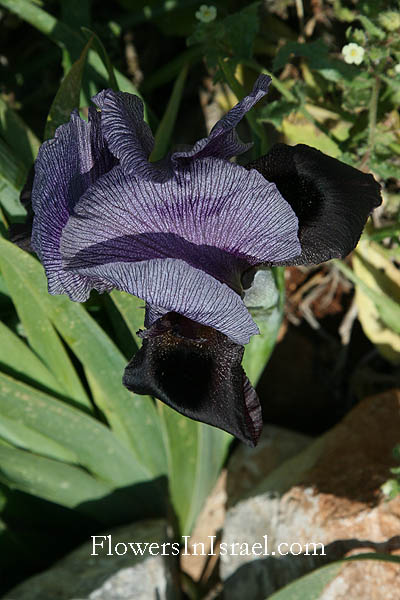
|